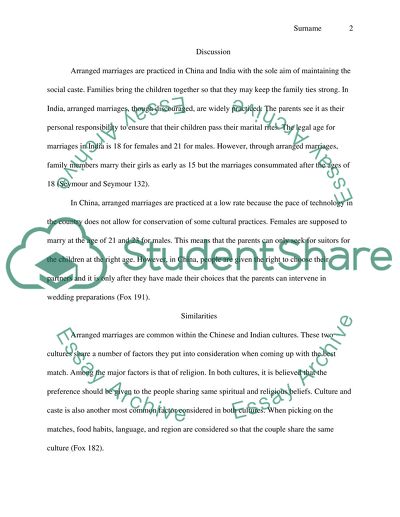Cite this document
(“Arranged Marriages within the Indian and Chinese Cultures Research Paper”, n.d.)
Retrieved from https://studentshare.org/anthropology/1449787-arranged-marriages-within-the-indian-and-chinese
Retrieved from https://studentshare.org/anthropology/1449787-arranged-marriages-within-the-indian-and-chinese
(Arranged Marriages Within the Indian and Chinese Cultures Research Paper)
https://studentshare.org/anthropology/1449787-arranged-marriages-within-the-indian-and-chinese.
https://studentshare.org/anthropology/1449787-arranged-marriages-within-the-indian-and-chinese.
“Arranged Marriages Within the Indian and Chinese Cultures Research Paper”, n.d. https://studentshare.org/anthropology/1449787-arranged-marriages-within-the-indian-and-chinese.


